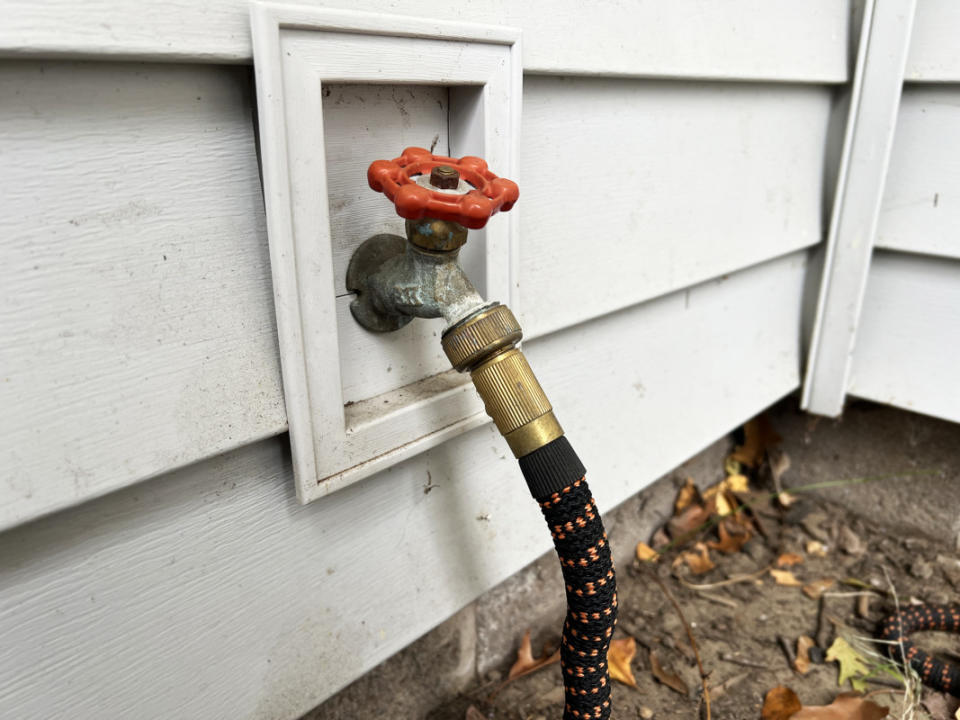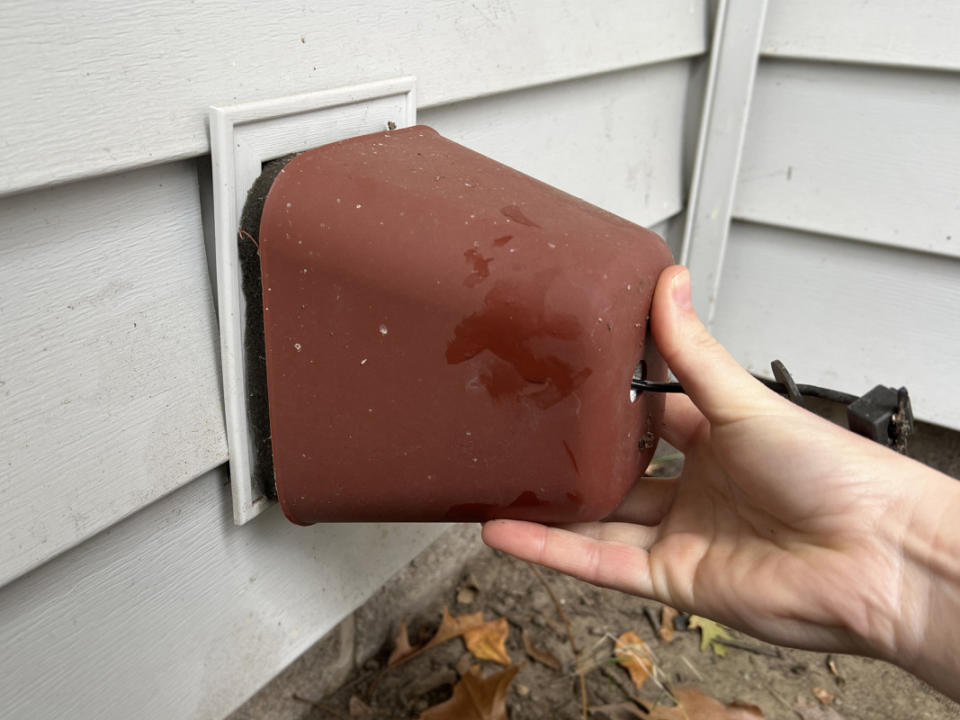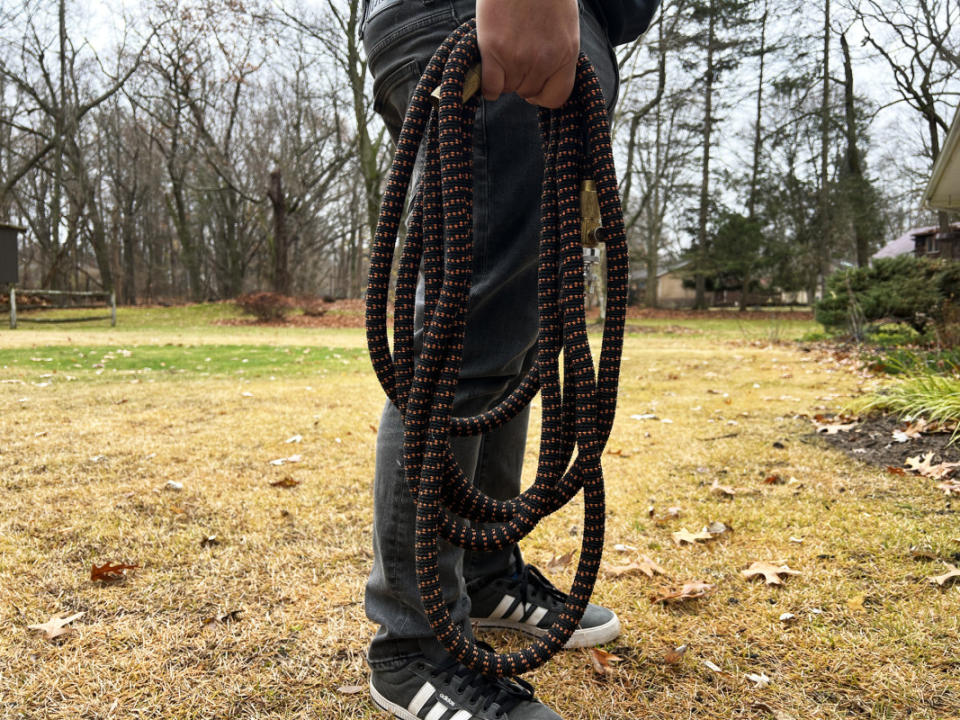How to Keep Your Garden Hose From Freezing This Winter
Men’s Journal aims to feature only the best products and services. If you buy something via one of our links, we may earn a commission.
Is winter on its way? Don't forget to winterize your garden hose and spigot before temperatures dip below freezing. Frigid temperatures can cause water inside your garden hose to expand. When it does, it can potentially damage not only the hose, but your faucet, spigot, and the pipe attached to your home's water system.
By taking precautions, you can help protect your garden hose and prevent costly damage during the winter months.
1. Turn Off the Water Spigot and Disconnect the Hose
Disconnect the hose and drain any remaining water from it. Releasing the water inside the hose is important. Remove the hose spray nozzle and any other hose accessories you use during the year. When you drain the hose, lift one end and, flowing at a downward pitch, allow the water to flow out. Better yet, lift the center of the hose as high as you can and let gravity do its thing out both ends.

Emily Fazio
2. Store the Hose Indoors
If possible, store your garden hose indoors. It doesn't have to be inside your home; a garage, shed, or any other protected area that can protect the coiled hose from extreme temperatures temperatures will do.
Related: End-of-Season Tips to Get Your Lawn Ready for Winter
4. Use Heated Hoses
If you need to use a hose during cold temperatures, consider investing in a heated hose. These hoses have built-in heating elements that prevent the water from freezing.
5. Insulate the Hose
If you can't use a heated hose, you can wrap your garden hose with insulation. Foam pipe insulation or old towels can provide extra insulation against the cold.
6. Install a Hose Bibb
Consider covering the outdoor spigot (hose bib) with an insulated cover. These outdoor faucet covers are designed to protect the exterior faucet and connected pipes from freezing temperatures in colder climates.
If you have the option, consider installing frost-proof hose bibbs for winter. These bibs prevent freezing by locating the shut-off valve deeper within the structure, where it's less exposed to freezing temperatures.

Emily Fazio
What happens when your hose freezes?
When your hose freezes, the water inside it expands, increasing the chances of hose damage. The expanding ice can cause the hose to burst, resulting in leaks or complete failure. To prevent this, disconnect and drain the hose before freezing temperatures set in.
Related: Have You Prepared Your Hot Water Heater for Wintertime?
Will a frozen hose cause damage to the house?
A frozen hose itself is unlikely to cause direct damage to the house; however, if the hose is attached to an outdoor faucet, the frozen water inside the hose can expand back into the faucet and plumbing inside the house. This expansion may lead to burst pipes and potential water damage to the home's interior. It's crucial to disconnect and drain hoses before freezing temperatures to prevent such issues.
What happens if my spigot stays on all winter?
Leaving a spigot (outdoor faucet) on during winter can lead to various issues. The extra water inside the connected hose and spigot can freeze, causing water pressure build-up, which potentially damages the plumbing. It can result in busted pipes, which can lead to water leaks and costly repairs. To prevent these problems, disconnect hoses, shut off the water supply to outdoor faucets, install outdoor hose bibbs, and drain any remaining water from the spigot before winter temperatures set in.

Emily Fazio

